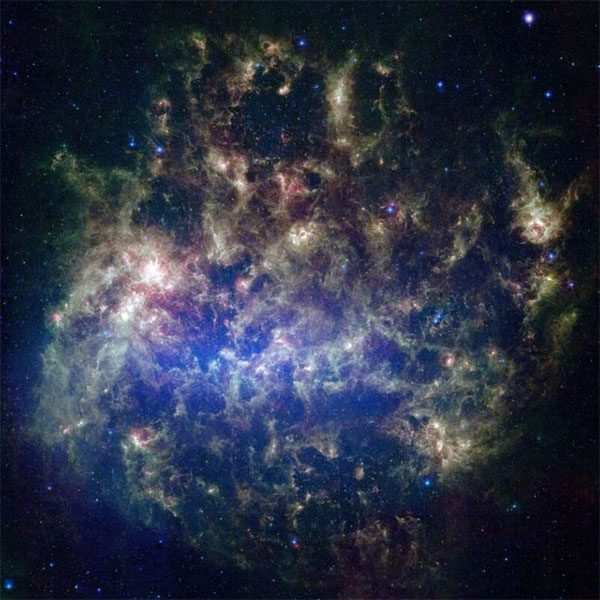The Milky Way currently has about 50 dwarf galaxies surrounding it. However, these galaxies may sooner or later become “food” for our galaxy.
Previously, scientists believed that all dwarf galaxies would continue to orbit the Milky Way for billions of years to come. However, it seems this perspective needs to be revised.

A satellite galaxy of the Milky Way. (Photo: NASA/CALTECH).
Based on data from the European Space Agency’s (ESA) Gaia mission, a recent study discovered that many dwarf galaxies have only been orbiting the Milky Way for a few billion years.
And in the future, they will likely be transformed into “food” for our galaxy, which is many times larger than these satellites, according to a report published in the journal Monthly Notices of the Royal Astronomical Society.
According to an international team of experts, the reason behind the demise of these dwarf galaxies could be their lack of dark matter, a type of matter that plays a crucial role in structuring and influencing the evolution of galaxies in the universe.
The Milky Way “feeding” on surrounding galaxies is not a new occurrence.
For instance, the Sagittarius dwarf galaxy was merged into the Milky Way about 5 to 6 billion years ago. Sagittarius was once an elliptical galaxy, but the remnants of it now show an incomplete structure, indicating that this galaxy once lacked dark matter and was ultimately “swallowed” by the Milky Way.


















































